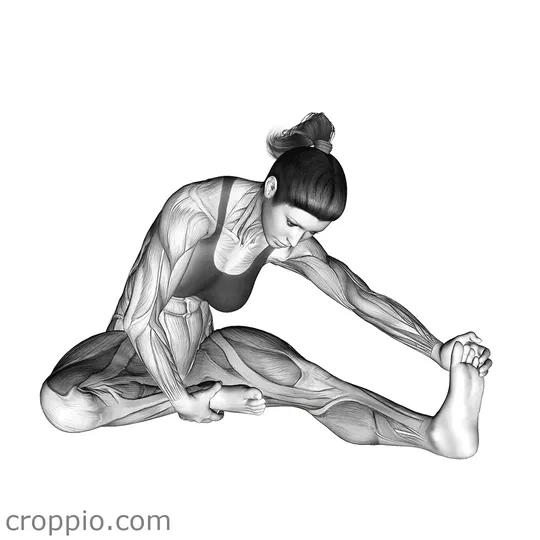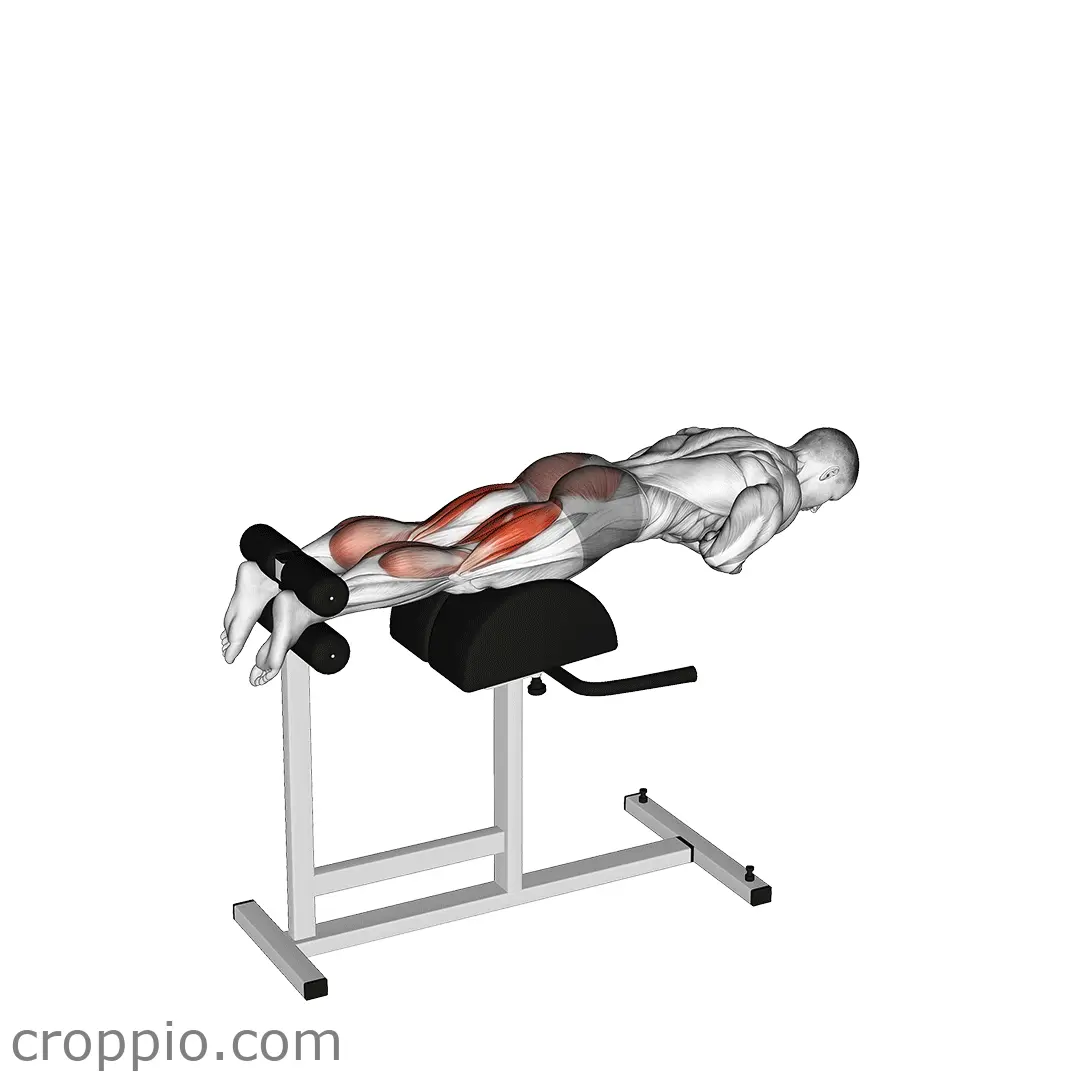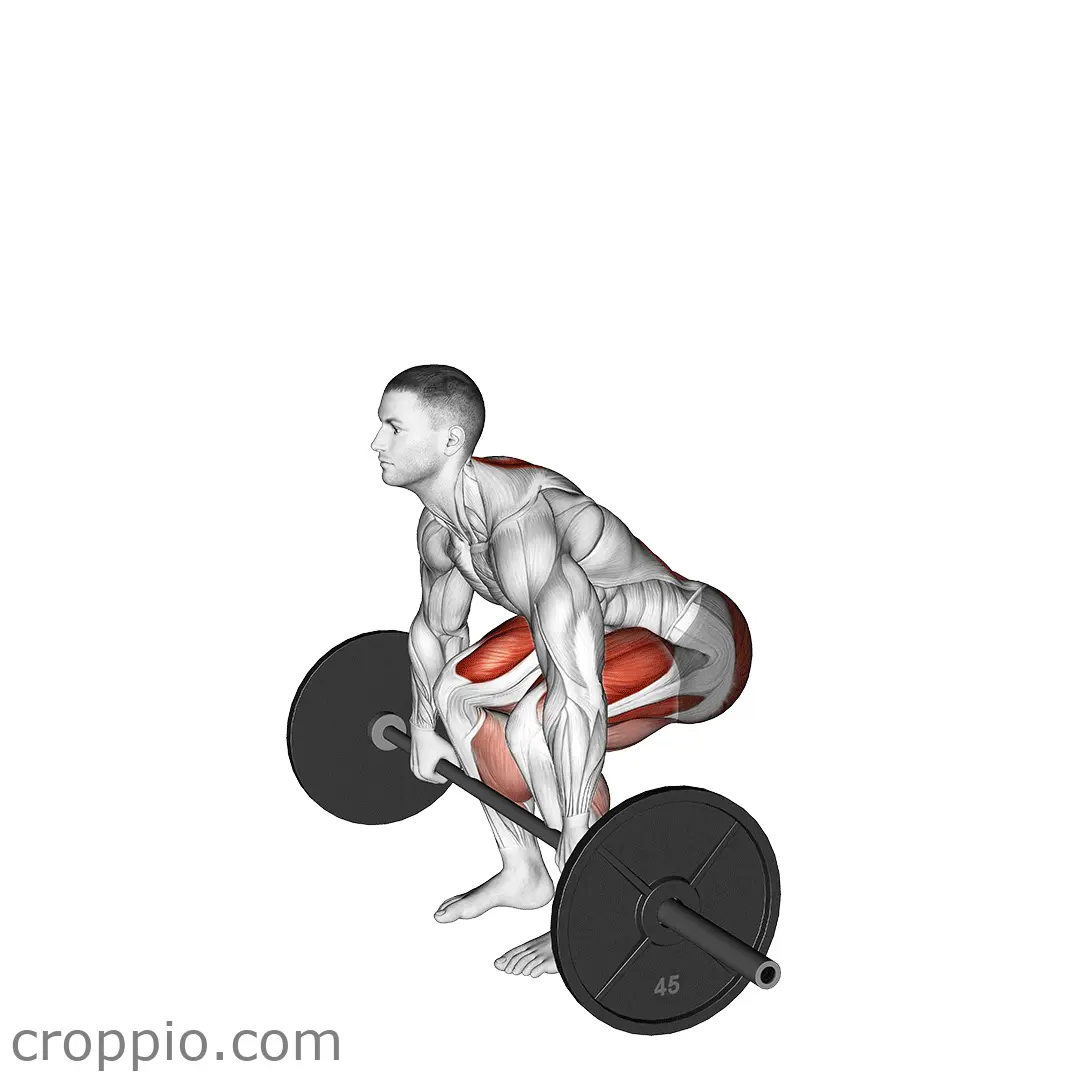Single Leg Hamstring Stretch

Muscles Involved
The single leg hamstring stretch primarily targets the hamstring muscles located at the back of the thigh, consisting of three muscles: the biceps femoris, semitendinosus, and semimembranosus. These muscles play a crucial role in knee flexion and hip extension. Additionally, this stretch engages the calves, specifically the gastrocnemius, as well as the lower back and gluteal muscles to a lesser extent, promoting overall flexibility in the posterior chain of the body.
Top Mistakes
- Overextending the back: Many individuals tend to round their lower back while leaning forward, which can lead to discomfort and may cause injury.
- Pulling the foot too aggressively: Forcing the leg too far forward may strain the hamstrings instead of gently stretching them.
- Neglecting to warm up: Attempting the stretch without a proper warm-up can increase the risk of muscle strains.
Execution Tips
- Start position: Begin by standing with your feet together. Shift your weight onto one leg and lift the opposite leg in front of you, keeping it straight.
- Posture: Maintain a tall spine; avoid rounding your back as you lean forward. Engaging your core can help stabilize your posture.
- Leaning forward: Gently hinge at your hips and lean forward, reaching towards your toes. Stop when you feel a comfortable stretch in the back of your thigh.
- Hold the stretch: Aim to hold the position for 15 to 30 seconds, and remember to breathe deeply to maximize relaxation.
Workouts
The single leg hamstring stretch can be a valuable addition to a dynamic warm-up or cool-down routine. It can be performed as follows:
- Sets: 2 to 3 sets on each leg.
- Reps: Hold each stretch for 15 to 30 seconds.
- Complementary exercises: Combine with other flexibility and mobility work such as standing quadriceps stretches, calf raises, and hip flexor stretches to create a well-rounded routine.
Conclusion
Incorporating the single leg hamstring stretch into your fitness regimen not only enhances flexibility in the hamstrings but also aids in improving overall mobility, balance, and posture. Regular stretching can help prevent injuries, particularly in individuals engaged in activities that demand prolonged use of the legs. By practicing proper technique and avoiding common mistakes, you can gain significant benefits that enhance athletic performance and daily functional movements.



